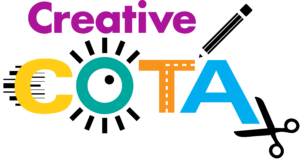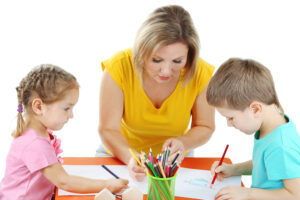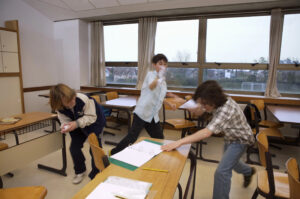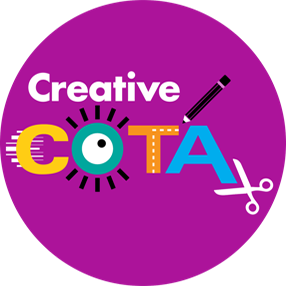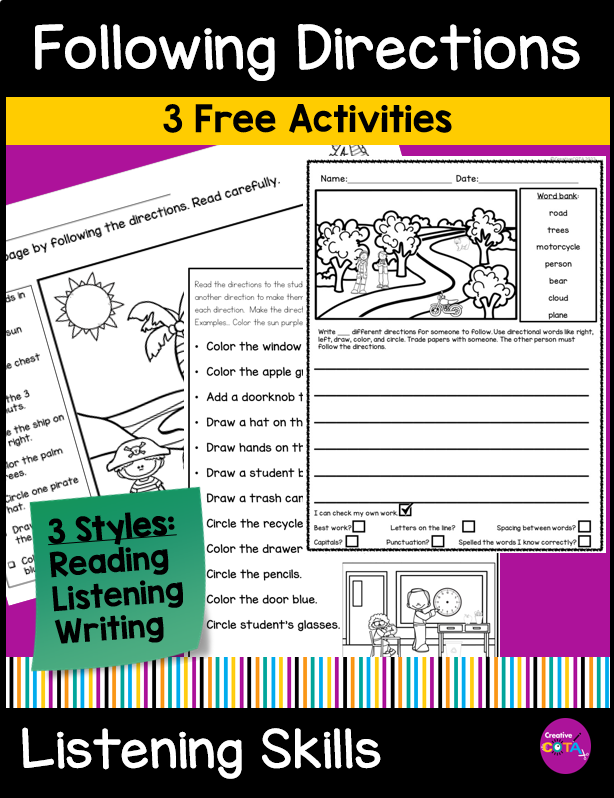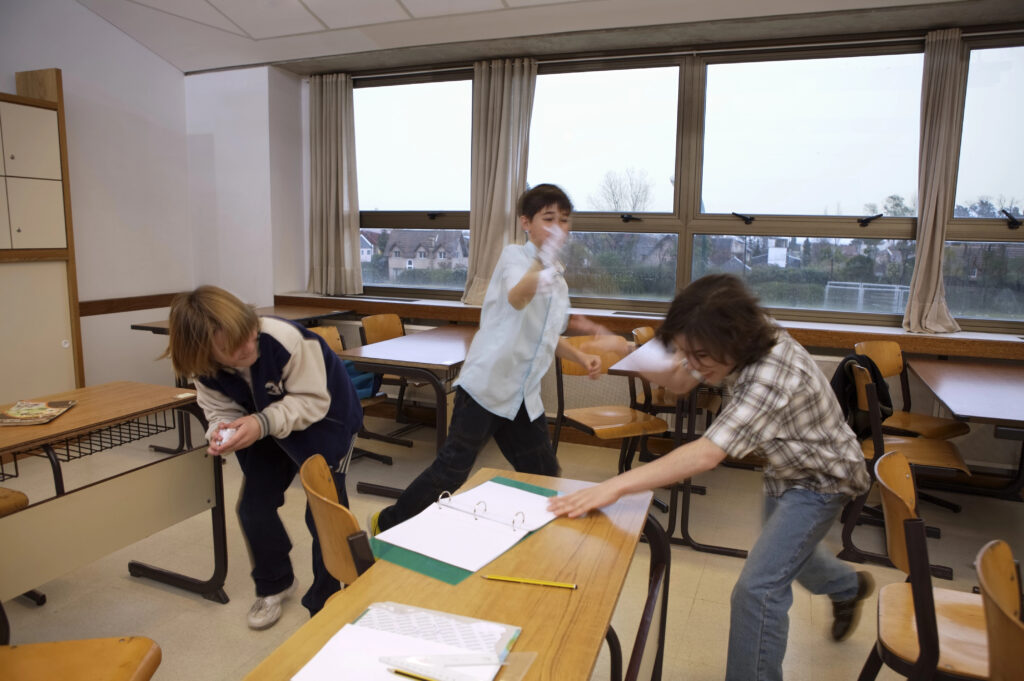
Managing student behavior in the classroom can be challenging, especially when students struggle with emotional regulation, focus, and self-control. Whether they are off-task, disruptive, distracted, or impulsive, having the right strategies in place can make a significant difference. Below are five effective classroom strategies to support students who need extra help managing their emotions and behaviors.
1. Use Visual Supports & Schedules
Students thrive on structure and predictability. Visual schedules, first-then boards, and picture-based task lists can help children understand daily routines and transitions. For students who struggle with staying on task, a visual timer can provide a concrete way to track time, reducing anxiety and improving focus.
Try This: Display a visual schedule at the front of the classroom and use a timer during independent work periods to help students stay on track. Place a large-scale planner behind your schedule to help students develop a sense of time. Visually show how long each part of the schedule lasts. Instead of writing out each word, use pieces of paper in different sizes—making longer academic blocks larger to represent their duration.
Continue to teach time on an analog clock. This is the only way to build a child’s sense of the sweep of time and how long things actually take.
2. Create a Calm-Down Corner
A calm-down corner is a designated space where students can take a break when they feel overwhelmed or frustrated. Stock it with sensory tools like fidget toys, breathing exercise cards, or soft seating to help students self-regulate. Having a safe place to reset can prevent disruptive behaviors from escalating.
Try This: Teach students when and how to use the calm-down corner appropriately. Offer them options like deep breathing, squeezing a stress ball, or coloring as ways to relax before returning to class activities. Completing reflection sheets is also a great way to consider what happened and why. Check out some of my Calm Down corner resources.
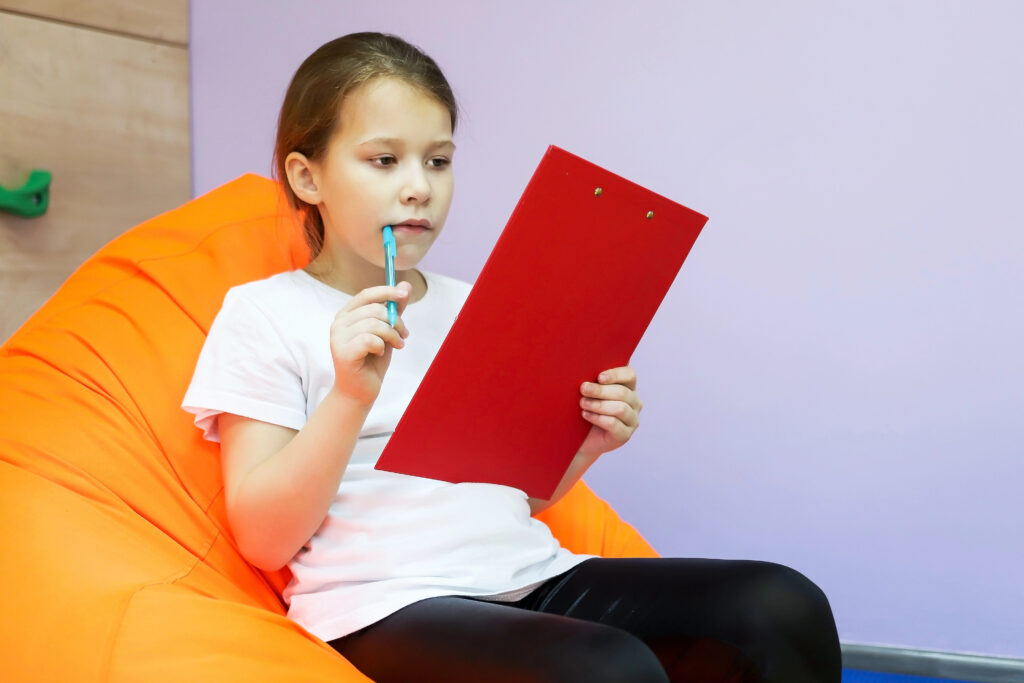
3. Incorporate Movement Breaks
For students who have difficulty sitting still or staying engaged, movement breaks can be a game-changer. Short, structured movement activities help release excess energy and refocus the brain.
Try This: Implement a quick brain break every 30-45 minutes. Use activities like chair push-ups, jumping jacks, wall pushes, or stretching to help students reset and improve their focus. Set up a sensory path way outside your classroom or have copies of quick scavenger hunts students can do around the school for a movement break with a peer or student support person.

4. Offer Choice-Based Coping Strategies
Every student is different, so providing a variety of self-regulation strategies allows them to find what works best. Teach and model different coping tools, such as deep breathing, doodling, using a fidget, or writing in a journal.
Try This: Create a “Coping Skills Menu” with pictures and words that students can reference when they feel overwhelmed. Encourage them to pick a strategy and practice using it in non-stressful situations.

5. Establish Consistent Routines & Expectations
Clear routines and expectations help students feel secure and reduce uncertainty. Reinforce positive behaviors with praise, visual cues, and reward systems to encourage students to stay on task and engaged.
Try This: Use a classroom behavior chart or individual reward system to reinforce good choices. Consider implementing a morning check-in routine where students rate their emotions and discuss any concerns before starting the day.

Classroom behaviors are often a reflection of a student’s ability to regulate their emotions and respond to challenges. By implementing these simple strategies, you can create a supportive learning environment where students feel safe, engaged, and ready to learn. Try incorporating one or more of these techniques into your daily routine and observe how they help improve student behavior over time!
Would you like more resources to support students with self-regulation? Check out my collection of classroom tools designed to strengthen emotional regulation, fine motor skills, and engagement!
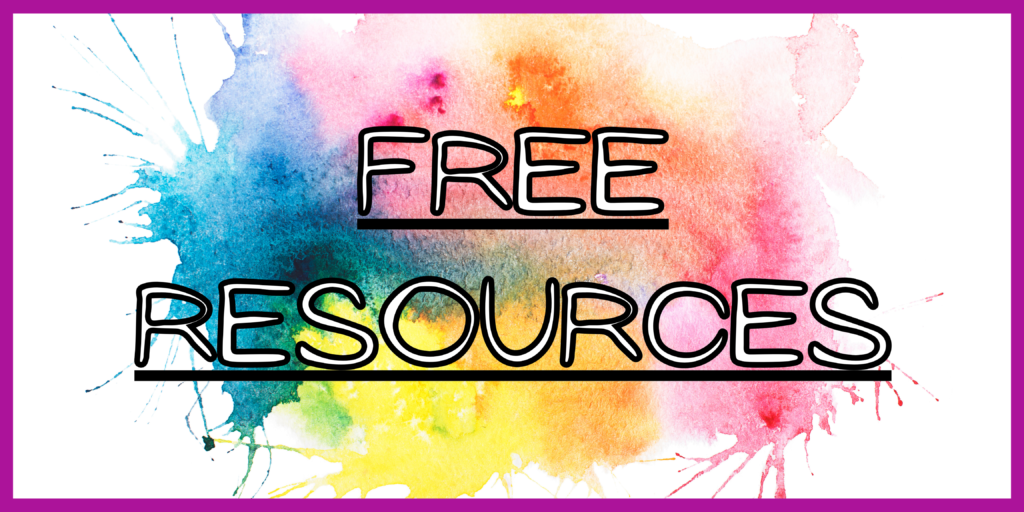
About the Author
I am a Certified Occupational Therapy Assistant (COTA) and have been working in a public school system for more than 25 years. My resources can be found on TPT, BOOM Learning, Made by Teachers, Classful, and Your Therapy Source. I appreciate your interest wherever you wish to shop.
My mission is to help you find creative ideas to incorporate fine motor, visual perception, gross motor, and social-emotional learning into your lessons.
I hope you consider signing up for my Free Resource Library with your Email. I send out emails about once a week and share resources, tips, and planning ideas for your classroom or occupational therapy needs. Hopefully, these help your students work on building their skills in a fun and engaging way.
Thank you for your interest in my resources and ideas. I hope you will consider following my journey on TPT or wherever you wish to shop.
